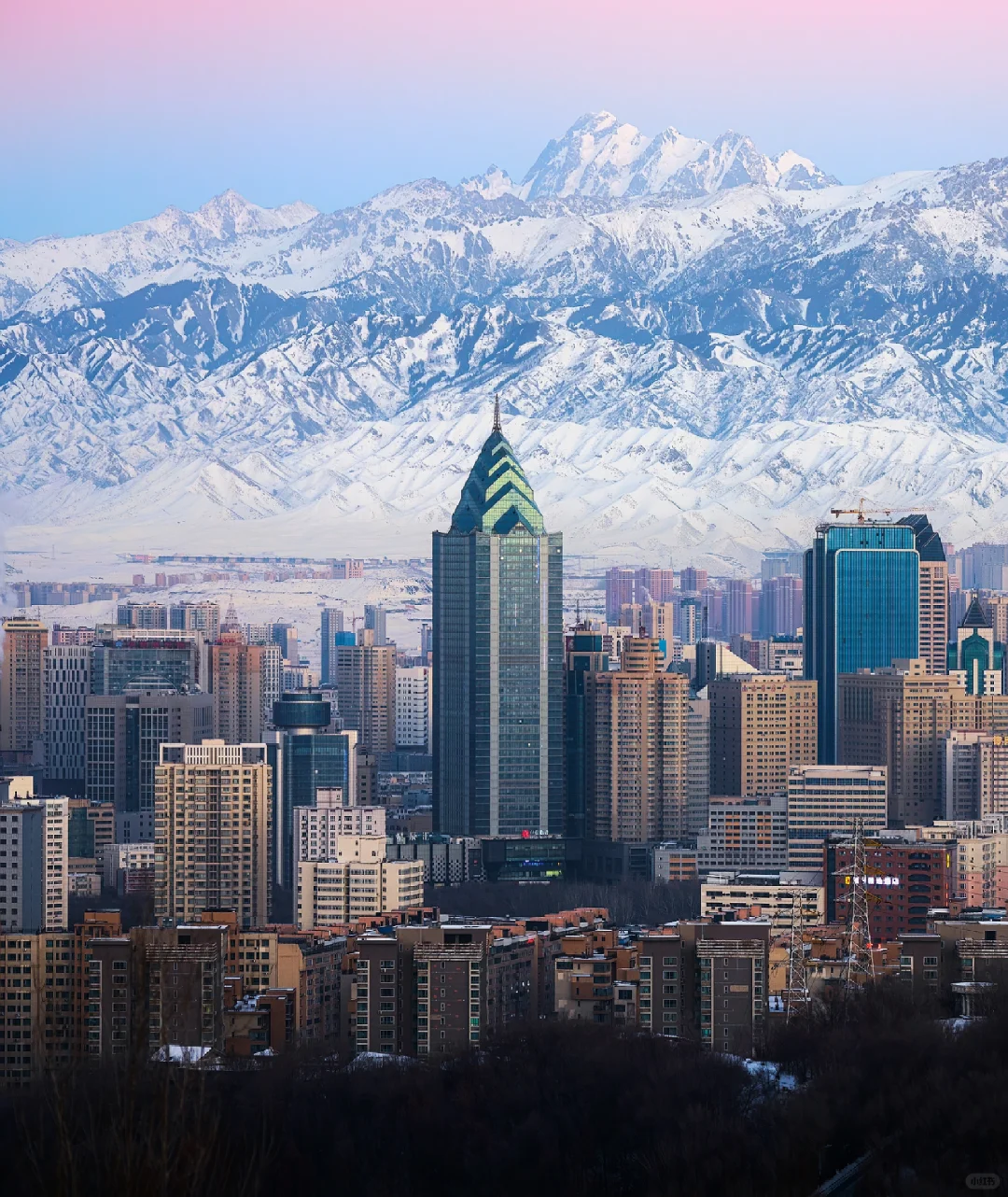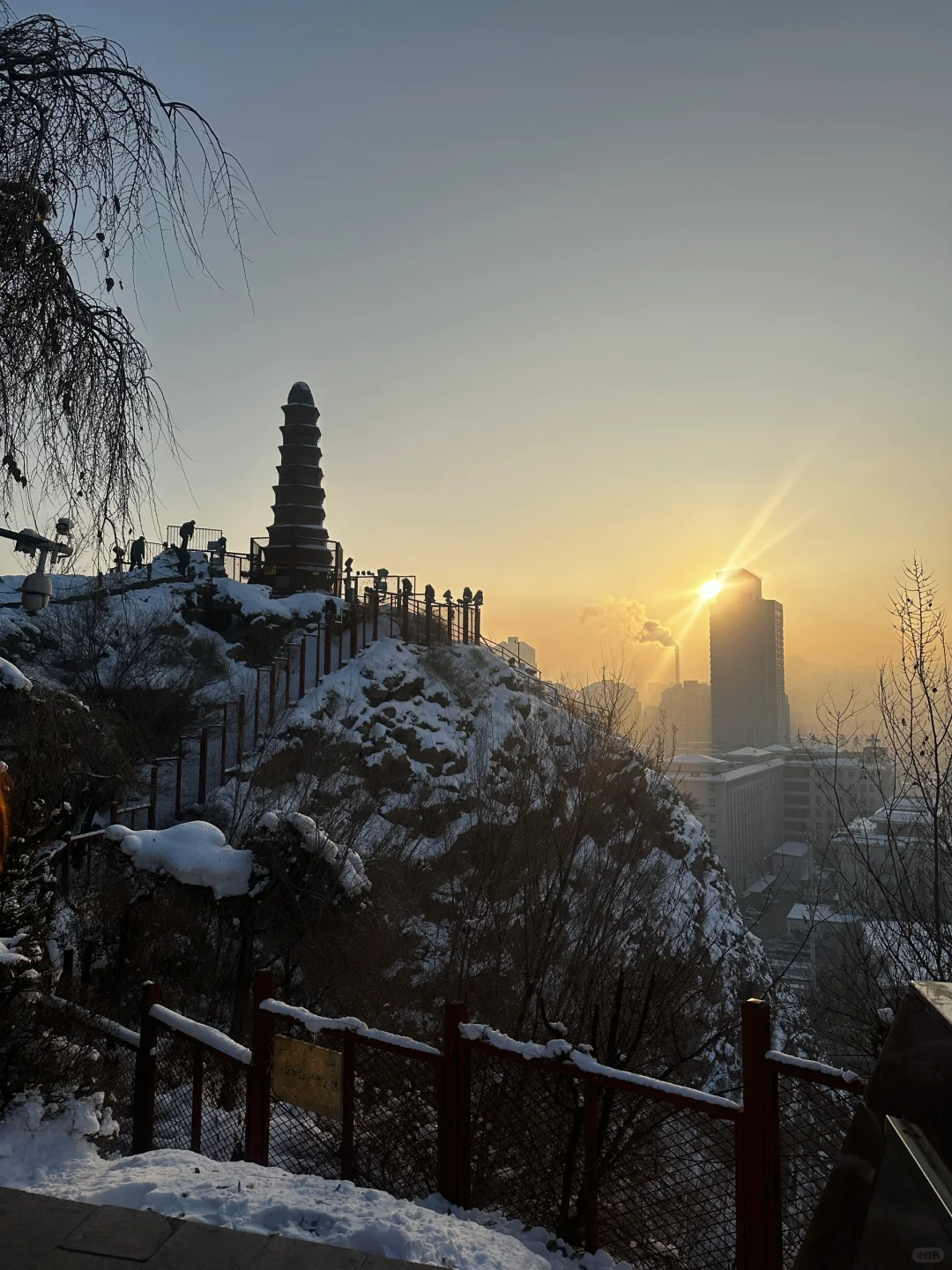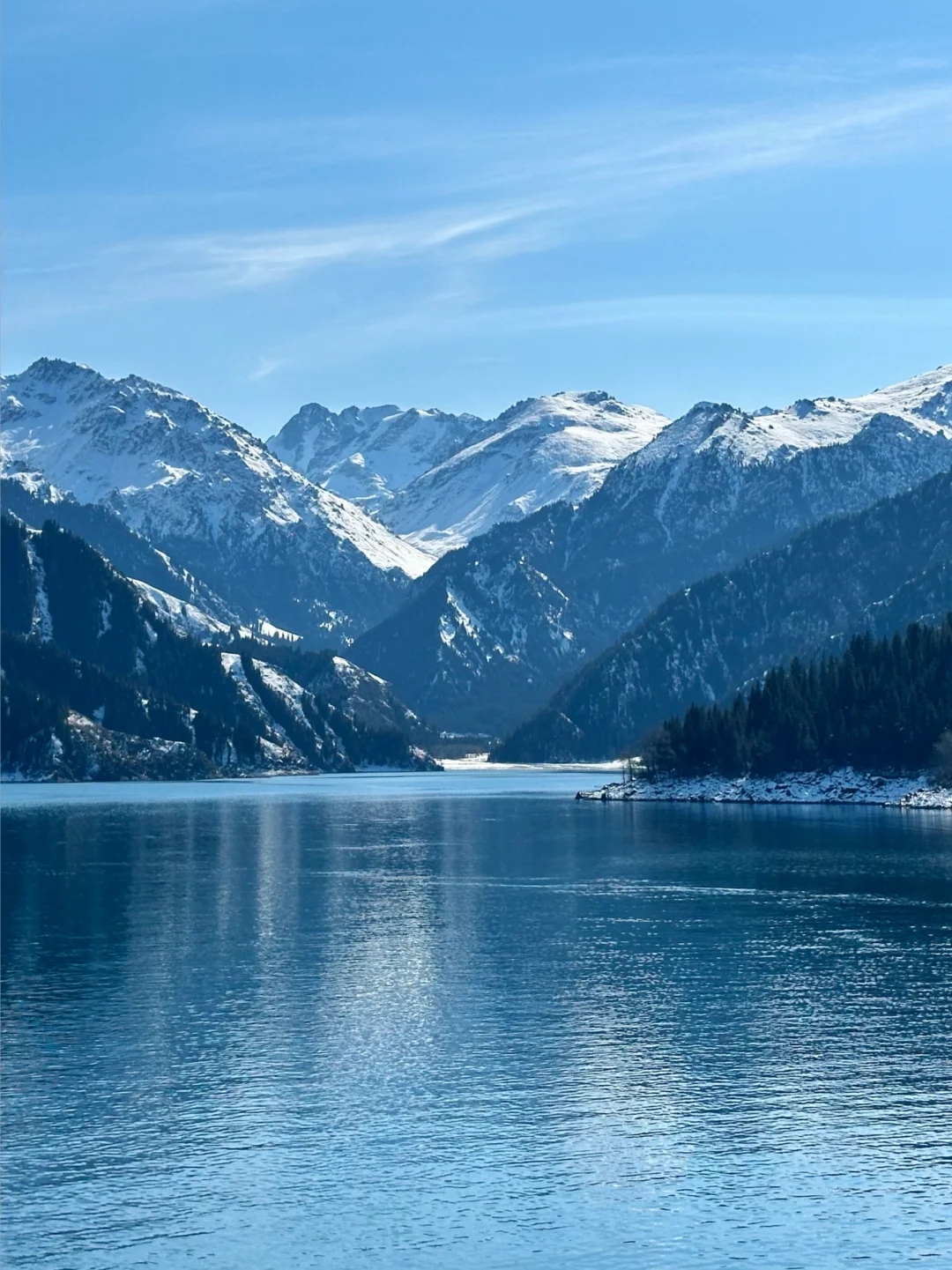Urumqi, located in the western part of China in the Xinjiang Uygur Autonomous Region, is the capital city of the region. Situated at the northern foot of the Tianshan Mountains, it is surrounded by vast deserts and Gobi. As a key point on the ancient Silk Road, Urumqi has long been an important hub for cultural exchange between the East and West, with a rich history and diverse cultural influences.
As the political, economic, and cultural center of Xinjiang, Urumqi is a modern metropolis that also preserves a deep connection to its ethnic traditions and customs. It serves as a crucial link between Central Asia, the Middle East, and mainland China. Historically, it was a prosperous trade center on the Silk Road, earning the title "Gateway of the Silk Road." Today, Urumqi continues to attract visitors from around the world, drawn by its unique cultural heritage and natural wonders.

I. Culture and History of Urumqi
1. Grand Bazaar Market
Urumqi's Grand Bazaar is a cultural reflection of the city, blending vibrant Uyghur traditions with the commercial history of the Silk Road. It is a hub for shopping, culture, and local life. Visitors can find handmade crafts, authentic Xinjiang dried fruits, spices, and traditional clothing at the colorful stalls. The bazaar not only offers goods but also retains the commercial spirit of the Silk Road, attracting countless visitors with its lively atmosphere and rich history.
2. Xinjiang Museum
The Xinjiang Museum is a key cultural landmark where visitors can learn about the history and culture of this vast region. The museum houses a wealth of archaeological sites, ethnic artifacts, and historical treasures, showcasing the region’s diverse cultures. Notably, the exhibits on the "Loulan Kingdom" and the "Tang Dynasty Silk Road" offer a deep dive into the history of this multi-ethnic area and the thriving trade routes of the ancient Silk Road.
3. Hongshan (Red Hill)
Hongshan, located in the city center of Urumqi, is a cultural symbol of the city. As the historical birthplace of Urumqi, the Red Hill site contains many ancient cultural relics, reflecting the city’s evolution from ancient times to the present. Climbing the hill offers a panoramic view of the city, while the surrounding ruins and murals provide a glimpse into the ancient civilization of Xinjiang, making it a key place for understanding the region’s history and culture.

II. Natural scenery of Urumqi
1. Tianchi Lake (Heavenly Lake)
Tianchi Lake, known as a "paradise on Earth," is one of Xinjiang's most famous natural attractions. The lake's mirror-like surface is surrounded by towering mountains, blending the grandeur of the Tianshan Mountains with the tranquility of the lake. It's a haven for hikers, photographers, and nature lovers. Visitors can take a scenic walk along the lake's path or climb the Tianshan Mountains to admire the stunning scenery where snow-capped peaks meet the shimmering lake. The clear waters and majestic mountains create a picturesque, breathtaking landscape that enchants the senses.

2. Poplar Forest in Shaya County
The Poplar Forest in Shaya County, known as the "Miracle of Life," is an oasis in the vast desert of Xinjiang. In autumn, the golden poplar leaves contrast sharply with the arid desert, creating a stunning natural spectacle. These ancient poplar trees are renowned for their resilience, thriving even in harsh, dry desert conditions. Walking through this ancient forest, visitors can feel the power of nature and the serenity of the desert, offering a unique journey through both time and the natural world.
3. Natural Scenic Spots Around Urumqi
As the heart of Xinjiang, Urumqi is surrounded by diverse natural attractions. Dabancheng, famous for its unique desert-oasis landscapes, is a place where the desert and oasis meet, offering opportunities for activities like camel rides. In the nearby grasslands and forests, visitors can enjoy hiking, camping, and the peaceful beauty of the vast outdoors. Whether it's the desert, grassland, or forest, these natural sites showcase Xinjiang's vast and diverse landscapes, offering a glimpse of the rich natural beauty along the "foot of the Tianshan Mountains" and the ancient Silk Road.
III. Xinjiang’s deliciousness and diversity
1. Xinjiang Food Delights
Urumqi, as the cultural and culinary center of Xinjiang, offers a wide variety of delicious dishes with unique flavors. A must-try dish is the authentic Big Plate Chicken (Da Pan Ji), where tender chicken is cooked with chili peppers and potatoes in a rich, flavorful broth. The dish is a perfect combination of taste and aroma. Hand-pulled Rice (Shou Zhua Fan) is another local favorite, featuring aromatic lamb, carrots, and rice, which embody the distinct ethnic flavors of the region. Lamb Skewers are a popular street food, grilled to perfection with a crispy outer layer and juicy tender meat inside, enhanced by cumin and chili powder. Additionally, Uyghur-style Baked Buns (Kao Baozi) are a must-try; with a crispy crust and rich filling, they are loved by both locals and visitors.
2. Xinjiang Specialty Fruits
Xinjiang, with its unique climate, produces a variety of delicious fruits, the most famous being Hami Melon. Known for its thin skin and thick, sweet, juicy flesh, it's often referred to as the "king of melons." Another well-known fruit is the grape, especially those from the Turpan region, which are plump and sweet. Goji Berries are also a local specialty, commonly used in daily cooking and recognized for their health benefits. Fresh fruits and dried fruits, such as dried apricots and red dates, are popular snacks and essential treats for travelers in the region.
3. Dining Culture and Specialty Restaurants
Urumqi's dining culture blends the flavors of many ethnic groups, offering both traditional Uyghur cuisine and modern dining experiences. Traditional restaurants, such as "Old Chengdu Restaurant" and "Uyghur Grand Restaurant" in the old town, serve authentic Xinjiang dishes, including the signature Big Plate Chicken and whole roasted lamb. Urumqi also features some modern restaurants that mix traditional and contemporary elements, offering a wider variety of dining options. The restaurant interiors are rich in ethnic culture, with antique wood carvings, intricate silk tents, and colorful carpets, providing a unique cultural atmosphere along with delicious food.
IV. Practical Urumqi travel tips
1. Best Time to Visit
-
Spring and Autumn (April-June, September-October): The weather is mild and pleasant, making it the best time to visit.
-
Summer (June-August): The temperatures can be high, which may affect some outdoor activities, but it is still the peak tourist season.
-
Winter (November-March): Cold temperatures are ideal for skiing enthusiasts, but may be less comfortable for regular tourists.
2. Transportation and Accommodation Recommendations
-
Transportation:
-
Urumqi has buses, taxis, and a convenient metro system for easy city sightseeing.
-
Taxis are readily available, with transparent pricing.
-
-
Accommodation:
-
The city center (near Tianshan District) is the most convenient area to stay, close to attractions like the Grand Bazaar and Hong Shan (Red Hill).
-
There are various accommodation options, from budget hotels to five-star establishments, as well as local-style guesthouses offering a unique experience.
-
3. High-Altitude Climate Tips
-
After arriving in Urumqi, it is recommended to rest for 1-2 days to adjust to the climate and avoid strenuous exercise.
-
Stay hydrated to prevent dehydration, especially in the dry environment.
4. Clothing Suggestions
-
The weather is warm during the day but cooler at night, so bring lightweight clothes and a warm jacket.
-
Be mindful of the temperature difference between day and night and adjust your clothing accordingly to stay comfortable.
By following these practical tips, visitors can enjoy Urumqi's beautiful sights and unique culture more comfortably and with ease.
V. The unique charm and infinite possibilities of Urumqi
Urumqi, where history meets modernity, offers stunning landscapes and rich cultural heritage. From the beautiful Tianchi Lake to the desert Poplar Forest, and the lively Grand Bazaar, the city blends ethnic traditions and history. As Xinjiang's cultural and economic hub, Urumqi is the perfect place to explore the Silk Road’s legacy. Whether in the modern city or ancient sites, visitors can experience the fusion of diverse cultures in this dynamic city.
